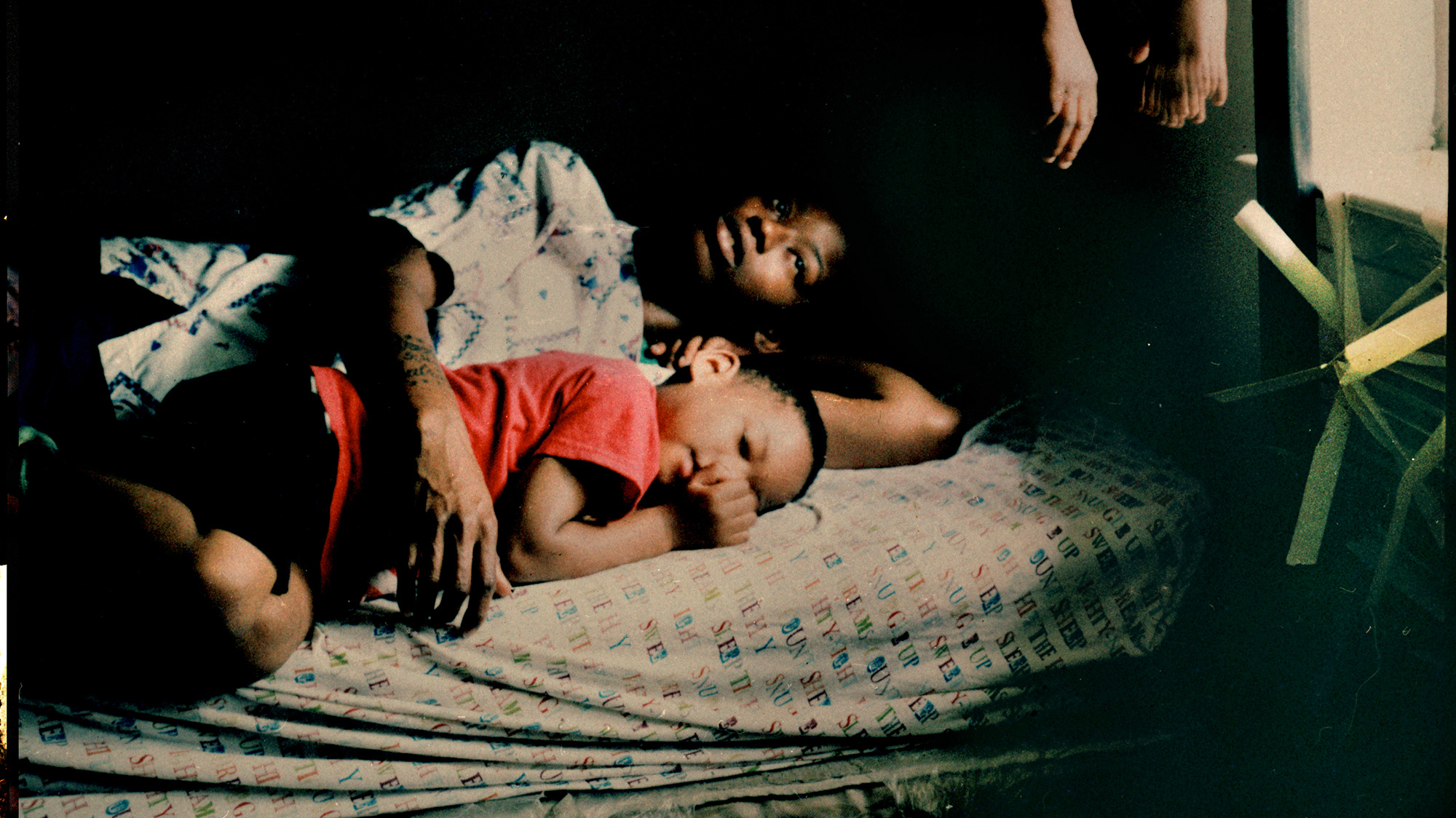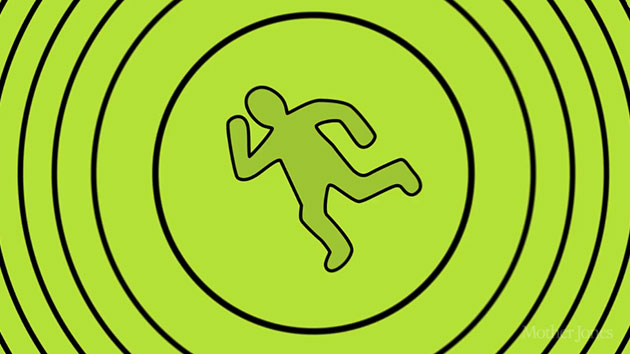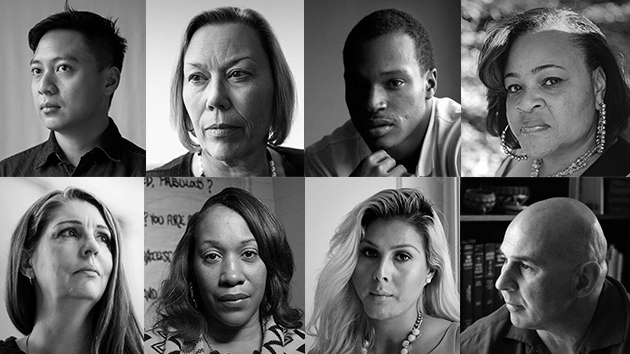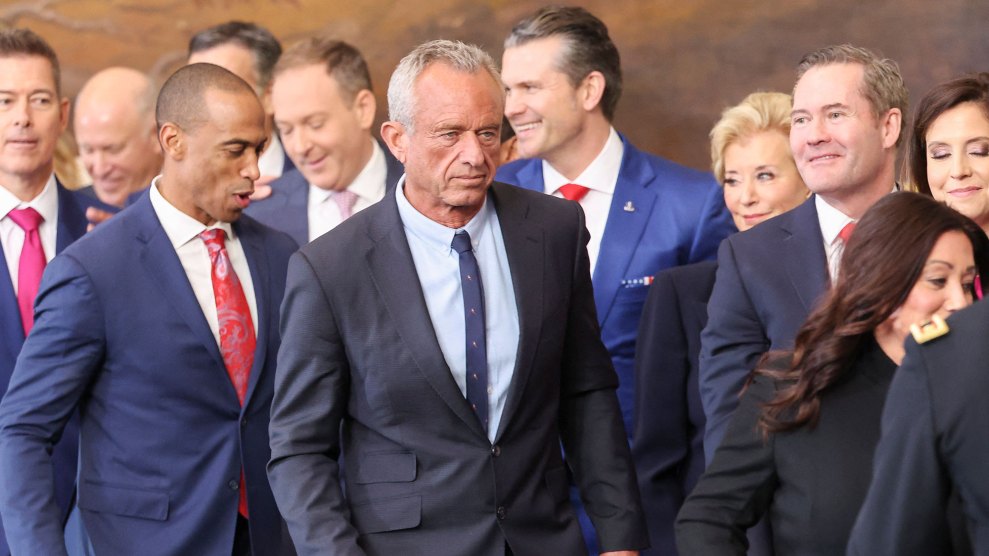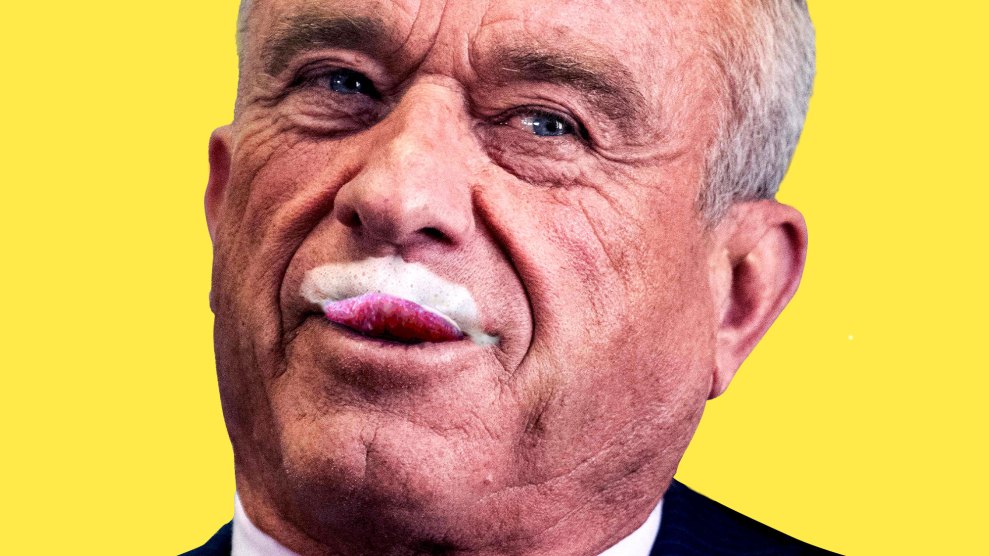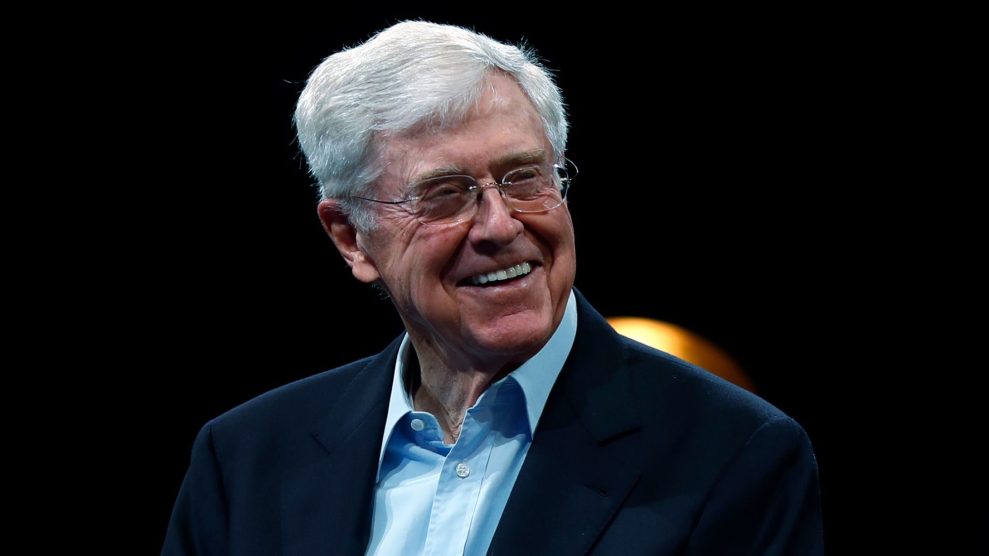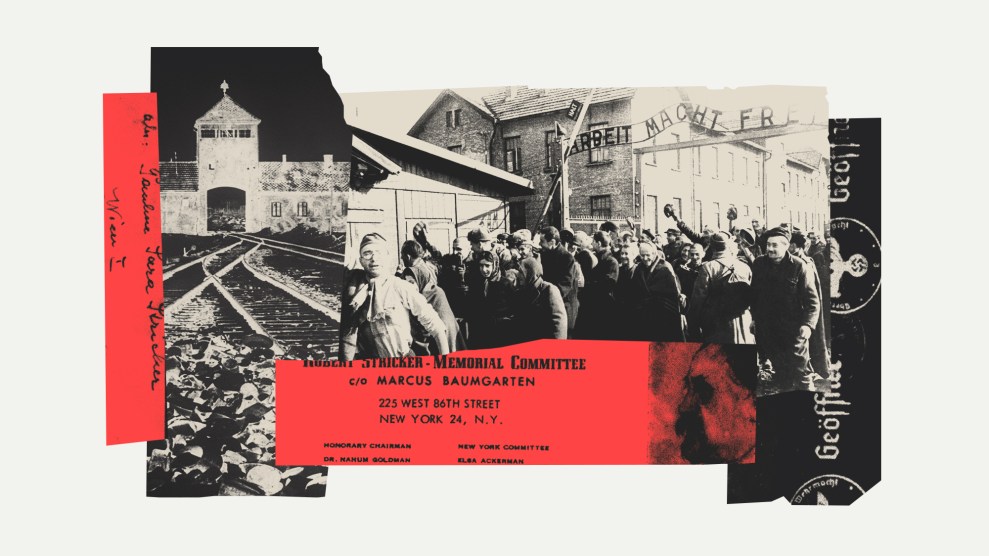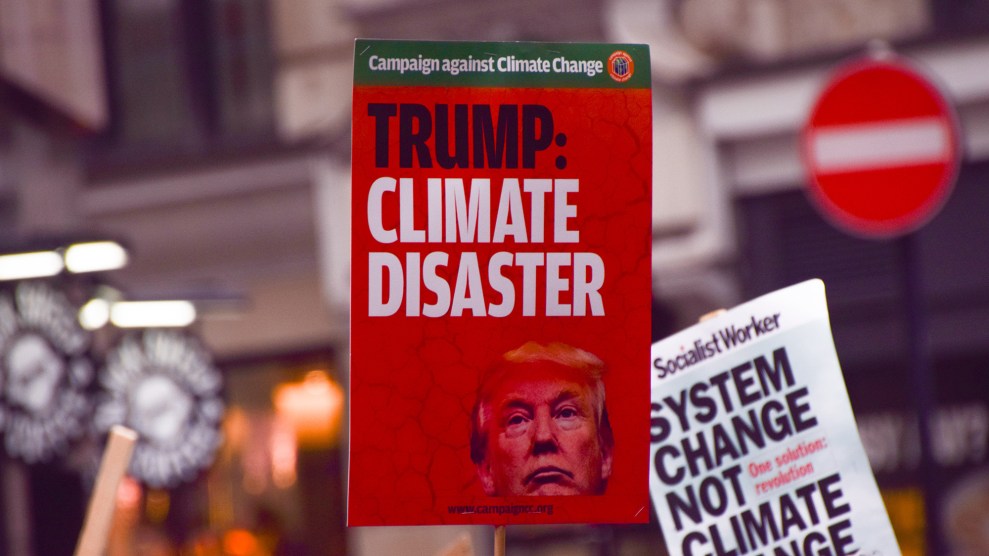On the morning of March 11, 2008, shortly after the bus picked up his twin brothers for preschool, Emill Smith stopped by the house of his mother, Valerie Maxwell, in Chester, Pennsylvania. At 22, he was stocky and athletic, with dark eyes, faint facial hair, and a cursive tattoo on his right hand: “R.I.P. James,” in memory of his father, who died in his sleep when Emill was 12. They talked for a while, and he asked if he could pick the twins up from school that afternoon so they could spend time together.
That afternoon, Emill took the four-year-olds to McDonald’s and his place before dropping them off at Valerie’s: “They almost set the apartment on fire,” he joked. “Here, you can have them.” As he walked out, he stopped.
“Mom.”
“Yes?”
“I love you.”
“I love you more.”
At 7:15 p.m. that night, Valerie dialed Emill’s number to make sure he was home in time for his 7:30 curfew, part of his probation for disorderly conduct in a domestic dispute. No answer. A few minutes later, one of Emill’s friends rushed in and collapsed.

Valerie Maxwell’s son Emill Smith was shot to death in 2008 after spending the afternoon playing with his little brothers “I just put my hands over my ears,” she recalls, tears dripping down her cheek. “I felt it. I felt it. I felt it for a long time.”
Emill had been to a neighborhood bar, where a security camera recorded him dancing, hanging out by the pool table, and kissing an old friend on the forehead before leaving. As he got into his car, someone walked up and shot him several times. No one was ever arrested in connection with the crime, and odds are no one will be. That’s because, while Chester has one of the nation’s highest homicide rates, it has a far lower than average “clearance rate.” Not even one-third of last year’s 30 homicides have been solved, a rate less than half the national average. Since 2005, 144 killings have gone unsolved.

For generations, black frustration with policing has been best described in a two-part statement: Cops don’t care enough to solve crimes in our neighborhoods—they just come and harass our kids. Novelist Walter Mosley even built a best-selling detective series around a tough private investigator who does all the serving and protecting that cops won’t do on the black side of town.
The bitter irony is that it was this same complaint that helped spawn the aggressive policing tactics now under attack from Ferguson to New York City. In the 1980s, when crack and heroin syndicates swept through black neighborhoods, black parents and pastors were some of the first and loudest voices to demand a war on drugs. What they got was “broken windows” policing—an emphasis on curbing petty offenses to prevent more serious crime.
What they also got were mandatory minimum sentences for shoplifters, indiscriminate stop-and-frisk sweeps, and deadly choke holds on men selling loose cigarettes. There’s little evidence that these tactics contributed much to the national decline in crime. But they did erode trust in law enforcement across many communities—leaving places like Chester increasingly bereft of the protection they badly need. With residents both fearful of police and worried about being targeted for talking to them, detectives can’t find the witnesses they need to solve crimes, breeding further distrust and a vicious cycle of frustration. A 2014 New York Daily News investigation found that in 2013, police solved about 86 percent of homicides in which the victim was white. For black victims, the number was just 45 percent. And in high-minority communities like Chester, says David Kennedy, a professor at John Jay College of Criminal Justice, clearance rates for murder—and even more so for nonfatal shootings—can get “pathetically low. They can easily fall down to single digits.”
Founded as the settlement of Upland in 1644, Chester once thrived on industry—its shipyard supplied Union soldiers, its steel mills sustained residents through both world wars, and factories, including a Ford plant, offered good jobs for black and white residents through the 1950s. Residents flocked to movie theaters and nightclubs, and legends like Wilt Chamberlain and Kareem Abdul-Jabbar played streetball at “The Cage.”
But in the 1960s and ’70s, companies left Chester for other parts of the county, and the city starved for jobs and tax revenue. Toxic-waste processing plants were among the few businesses moving in as middle-class families headed to the suburbs, leaving the city with nearly half its postwar population. And in the ’80s, Chester, like nearby Philadelphia, became a hotbed for organized crime and drug trafficking.

Today, smoke still drifts from the stacks of the Kimberly-Clark plant on the Delaware River, where workers make Scott tissue and paper towels. Up the hill are clusters of well-kept redbrick houses around Crozer Medical Center, the city’s largest employer. Across Chester Creek are boarded-up homes and the city’s Ruth L. Bennett and William Penn housing projects. Some 75 percent of Chester’s residents are African American, a third live below the federal poverty line, and unemployment is at 7.5 percent, nearly 2 points higher than the national average. In 2013, the homicide rate here was more than four times that of Philadelphia and Chicago. And in a city of a little more than 34,000, each death sends ripples throughout the community.
There are at least 120 churches in Chester, including the Temple of Brotherly Love, presided over by the Reverend Calvin Williams. Williams lost a son and a nephew to gun violence, and over the last decade, he and his wife, Patricia, have been visiting crime scenes as often as possible, offering prayer and reflection behind the yellow caution tape. “When brothers and sisters can’t get jobs, or this little guy is trying to take care of his mother, he’s going to find a way,” Williams says. “So it becomes territorial. He’s trying to make a living, so he’s going to do whatever’s he’s gotta do.”
When Williams heard that Emill Smith, whom he knew from volunteering at Chester High School, had been killed, he headed to his mother’s house immediately. When she opened the door, Williams held her tight and said nothing. “He let me cry,” Valerie says. “Calvin knew, he just knew how I felt about my children. My children mean everything to me.”

Just five months after Valerie buried Emill, police found her aunt Sherrice Alexander-Hill’s son Karim Alexander dead in the street behind her home—the first of what would be six homicides that week. Some of the killings seemed to involve retaliatory violence between warring neighborhood crews, according to local news reports. But that’s conjecture, because cops haven’t solved Karim’s murder either.
What determines the likelihood of a murder case being solved? One factor appears to be police response in the hours and days after a killing: According to a study published in the National Institute of Justice Journal, the faster officers secure the scene, notify homicide detectives, and ID witnesses, the more likely it is the killer will be brought to justice.
But that can be hard in a place like Chester, says Cory Long, a community leader who worked on the city’s anti-violence task force, because the relationship between police and community is so strained that residents are often reluctant to come forward. Witnesses not only fear police won’t protect them from retaliation, they simply don’t believe law enforcement will help them find justice.
“Some of these issues have been going on with the same neighborhoods,” Long says. “You know, generations under them. One guy gets locked up. His younger brother or cousin or relative will take [the retaliation] on, as they get a little older. It just keeps recycling and recycling.” There was a time when homicides mostly resulted from turf wars between neighborhoods, but now, he says, “it has spiraled a little more out of control. It’s a free-for-all.”
Homicide, at its core, is an intimate crime. In any given city, criminologist Kennedy points out, gun violence is concentrated among a small number of residents in struggling neighborhoods. When someone gets shot, the news travels quickly. “People know what happened,” Kennedy explains. “So if the criminal-justice system isn’t taking care of this, the likelihood that you’ll get your friends and a gun and take care of this goes up.”
“The person wanted for a homicide today has been shot three times by rivals over the past three years,” he says. “Many of these men are involved in violence because people are trying to hurt them. The moral territory is much murkier than we think it is from a distance.” When cops lack trust in the tiny geographic areas where most shootings occur—and where the penalties for talking to police are well understood—lots of shootings go unsolved, which leads to more shootings, and so on.
But Kennedy points to cities that turned things around. “Paterson, New Jersey, is a very tough environment that nonetheless has managed to keep its clearance rate way above the norm,” he notes—partly thanks to a community-policing model in which law enforcement agencies prioritize building trust with neighborhood groups and residents.

Chester has made its own efforts to turn things around. In 2010, after a string of homicides left four people—including a two-year-old boy—dead in just eight days, then-Mayor Wendell Butler Jr. declared a state of emergency, imposing a 9 p.m. curfew on five of the city’s most violent neighborhoods. Anyone who couldn’t give a good reason for being outside at night could be cited and charged.
Community leaders also put together anti-violence rallies, where families and residents joined police officers and city officials in National Night Out-style parties. Long says he would take neighborhood guys out to dinner on Butler’s tab as a sign of good faith. But after a while, he says, the rallies stopped and the community’s trust in the police department waned.
In his spacious office overlooking the industrial riverfront, Chester Mayor John Linder moves deliberately like the social-sciences professor he once was. As a black teenager in the 1960s, he hung out with friends at Bennett and William Penn and watched as tension between the two housing projects seeped into the schools. “I had friends on both sides,” Linder says, laughing. “I’ve always been a politician. Nah, man. It was rough. I had to fight my way out of the William Penn sometimes.”
After working as a sheet metal mechanic at the nearby Boeing plant, Linder shifted to social services and academia, and since taking over as mayor in 2011 he has ramped up narcotics and gun enforcement as well as emergency response. But, he acknowledges, “it ain’t easy changing a culture. [People] want that crime solved, but there’s frustration. In an urban community, you get this cycle of social failure. Frustration leads to aggression. Then, if nothing’s done, there’s a stage of inaction. Then you have the explosion like in Ferguson.”
Last May, Chester launched another crackdown on violence, with its officers joining state and federal agencies to sweep the city for parole offenders. District Attorney Jack Whelan promised regular gun sweeps, and throughout the summer, officials went door to door and urged residents to file tips anonymously. In November, the city also received $1.1 million to install surveillance cameras over the span of 25 high-crime blocks.

“You can’t stop crimes with cameras,” Linder says. “But you can solve cases with it. People are intimidated to come to court. You have the cameras, and the camera becomes the witness.”
And yet, 2014 had the highest number of homicides in Chester’s history, even as overall violent crime continued to fall. There were nine homicides in the first six months of 2015, and at press time, one of them had been cleared.
Every August, Sherrice Alexander-Hill holds a block party to mark her son’s death. She’s had a mural made for it—Karim wearing large sunglasses, a tight buzz cut, a cream jacket over an orange shirt—that hangs in her living room year-round. On summer nights, Hill can hear the gunshots ripping through the William Penn Homes nearby.
People come to the block party from as far away as Washington, DC. The kids ride ponies and play on waterslides; the adults dance in the street. Many of them knew Karim, but the party has grown to encompass the families of other slain young men. “People say, ‘We having a block party this year?’ And I say, ‘If you help me!'” Hill’s nine-year-old grandson takes particular ownership. “He used to say, ‘This is all about my daddy and I’m in charge!'”
At first, Valerie Maxwell refused to go to the block party. She wasn’t ready for people to come up offering their sympathies. The following year, she relented. Her twins had heard about the waterslides and how fun it would be. “They were still young,” Valerie says. “I just had to bite down on my pride.”

When she recounts the years since her son’s death, her voice still breaks. She left her job as a medical technician at Springfield Senior Commons to focus on taking care of her six other children and moved to a safer neighborhood. Her leopard-print robe covers the tattoos on her shoulders—one side bears Emill’s initials, the other a pair of hands folded in prayer. Three portraits of Emill watch over the living room that Valerie tidies meticulously each day after dropping the now 11-year-old twins at the bus stop. When the twins recently asked to spend time at their cousin’s house in the Bennett Homes, she warned them to not go outside. Later, one of the boys told her they’d seen someone get shot outside their cousin’s window.
“This is me,” Valerie sighs. “That’s my life.” This spring, on the seventh anniversary of her son’s death, she went to his grave to lay down a fresh batch of flowers and just talk. It still feels like yesterday that Emill was alive and joking in her house. It feels like she’s in a dream, waiting to be jolted awake. Twice a year, on Emill’s birthday and on the day of his death, she calls the police department to ask for an update on the case. When she called in January, on what would’ve been his 29th birthday, she learned that the detective working the case had retired.
“I’m just not giving up. I talk about it. I be about it. I just don’t skip a beat,” Valerie says. “I don’t never stop calling over to the police station, and I don’t ever stop talking about my son.”
This story has been updated.
